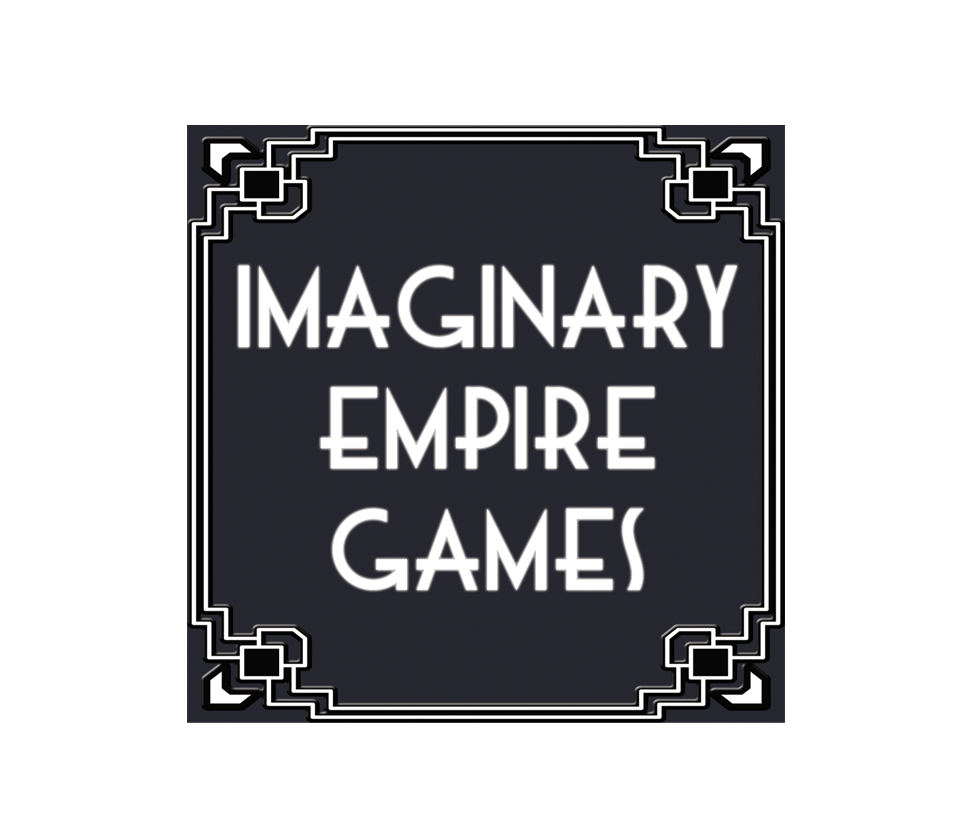So, the other day in my regular D&D game, our group of hardy adventurers were on their way to dispatch an outpost of one of the many factions which inhabit the ruined city, when we happened across a door. Not just any door mind, a giant door with a huge skull above it. And when I say happened across, I mean that we sensed the door, through some grand plot stuff, and detoured to discover it. As soon as we saw it, I cynically wagered another player that we would eventually open it, despite the obvious omens and the fact that we had another job underway. Needless to say, despite the many, many efforts of the other player to prevent such an occurrence and nearly thirty minutes of play, the door was opened by another character.
When running games I’ve always found that a door, trapdoor, or a deep hole, can easily occupy several hours of gameplay as players bicker, discuss and hypothesise what might lurk beyond. Often the imagined scenarios are far grander than the reality, and it is hard to not re-write the game to reflect the nice ideas floated. Inevitably, no real consensus will be reached and one player (usually the one who has become most bored) will simply announce their character will open the door/descend into the hole to the outward exasperation, but secret delight, of the others. This period can be extended by adding more detail, such as a sound or smell which is hard to place coming from beyond, or inscriptions or pictograms on the portal.
The door/hole was, for me, often an unexpected and unwanted sink of time during a scenario, however, I have come to appreciate how they can also be a very useful device. A method of exploiting and drawing out existing character divisions, or, when used with some degree of time pressure, an exciting challenge, or simply a chance to think about, and prepare responses to unanticipated in-game events from earlier in the session. All in all, I have come to appreciate the value of a good mysterious portal.
Tuesday, June 1, 2010
Subscribe to:
Posts (Atom)





